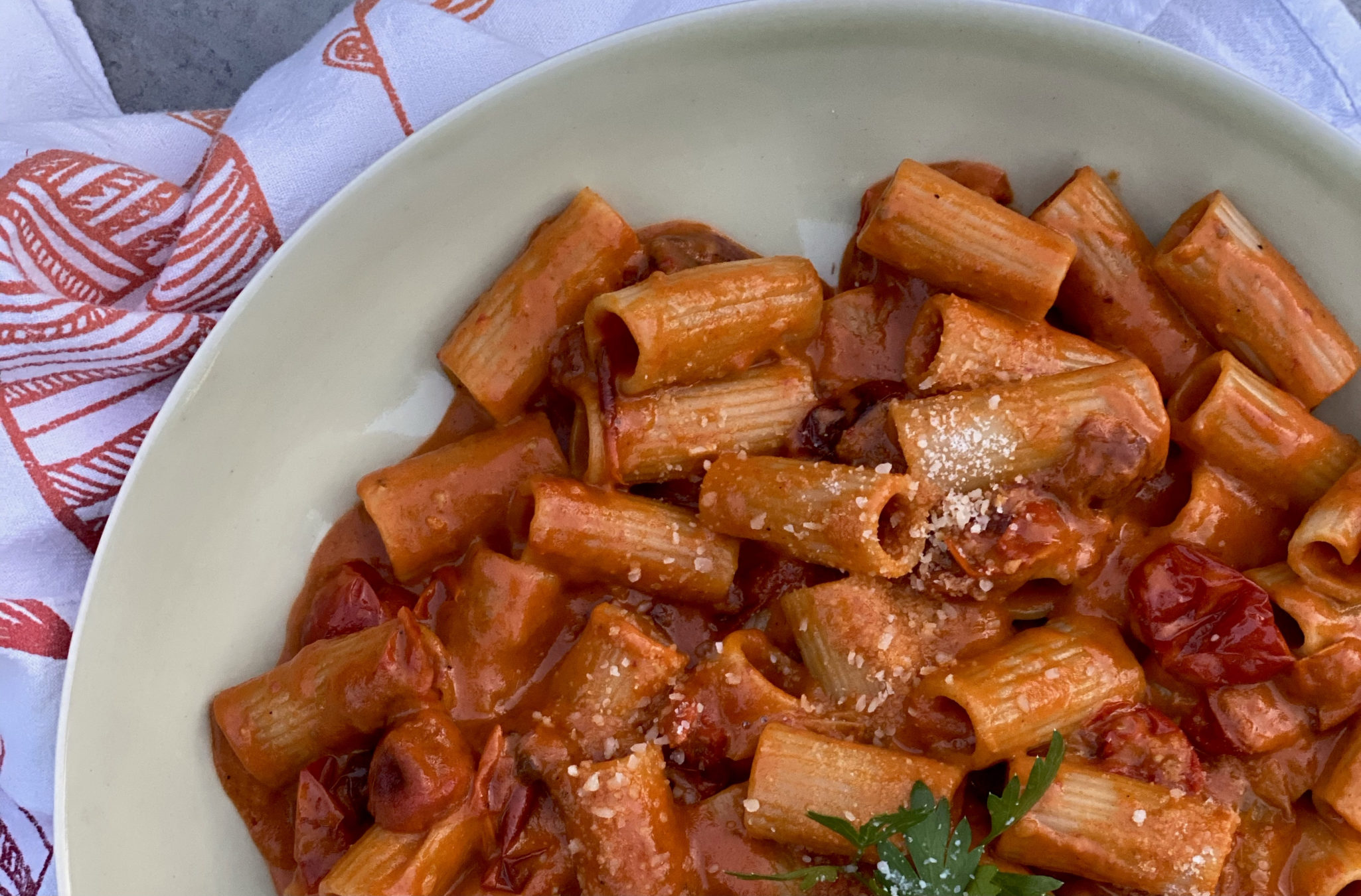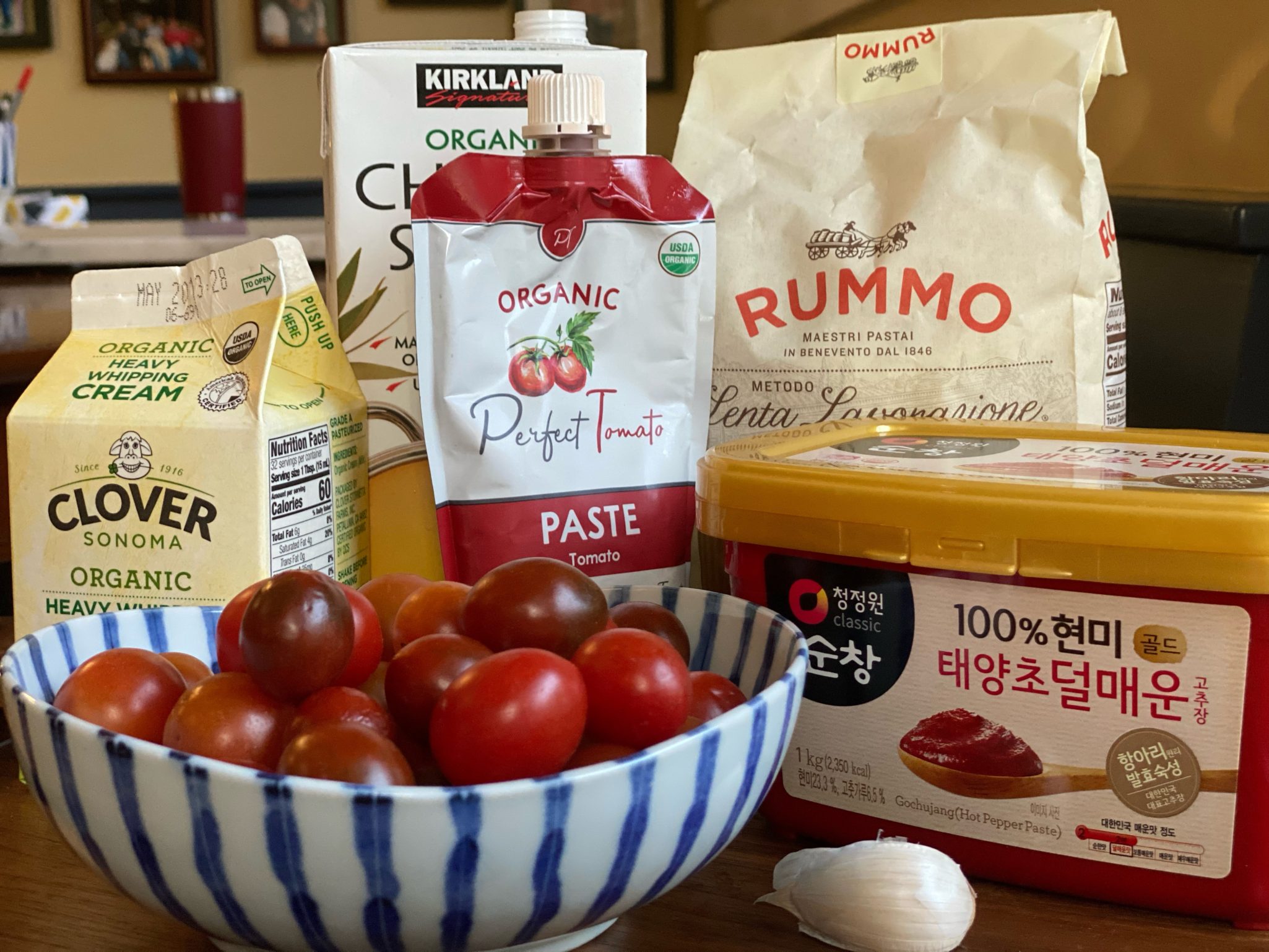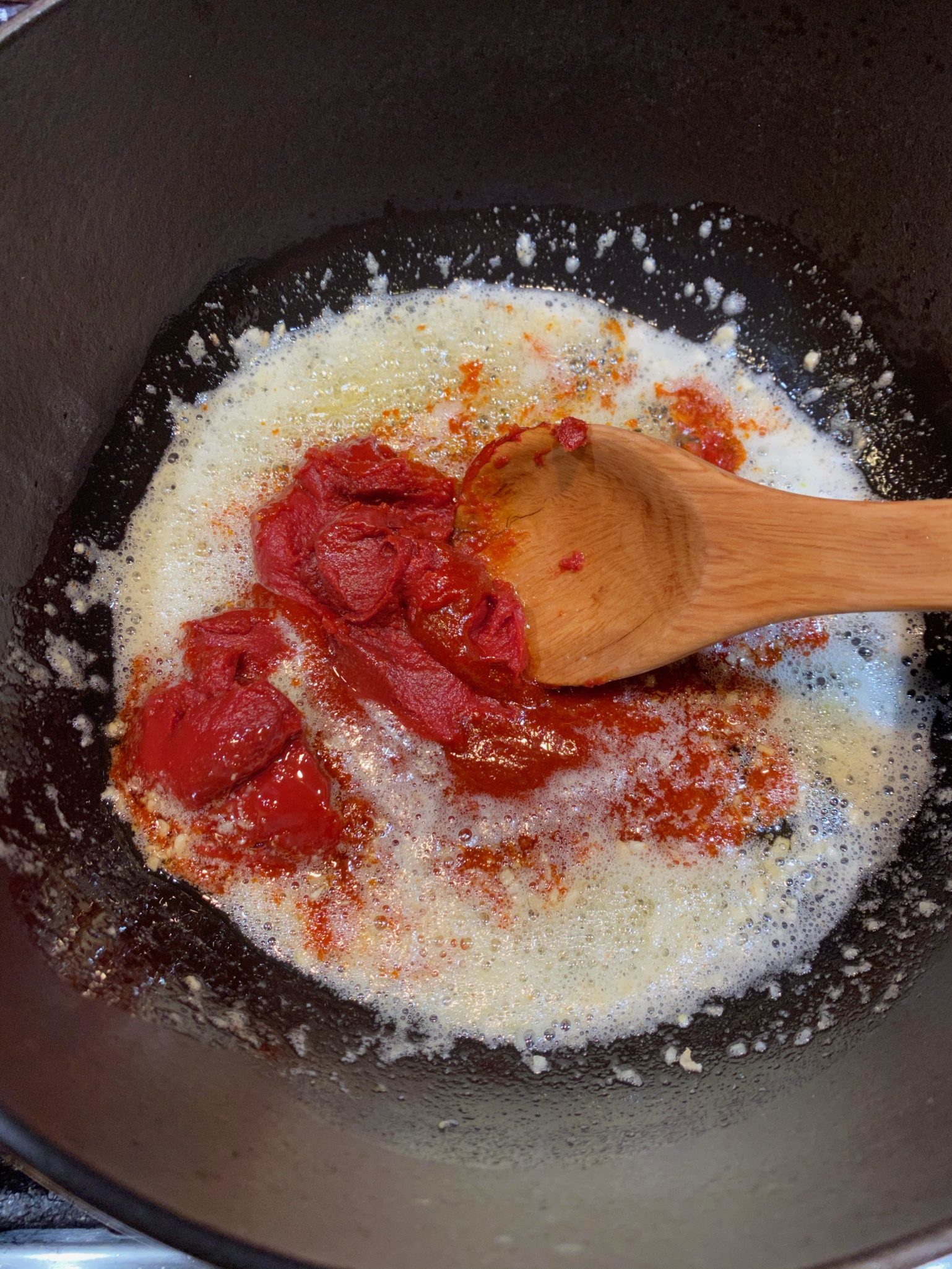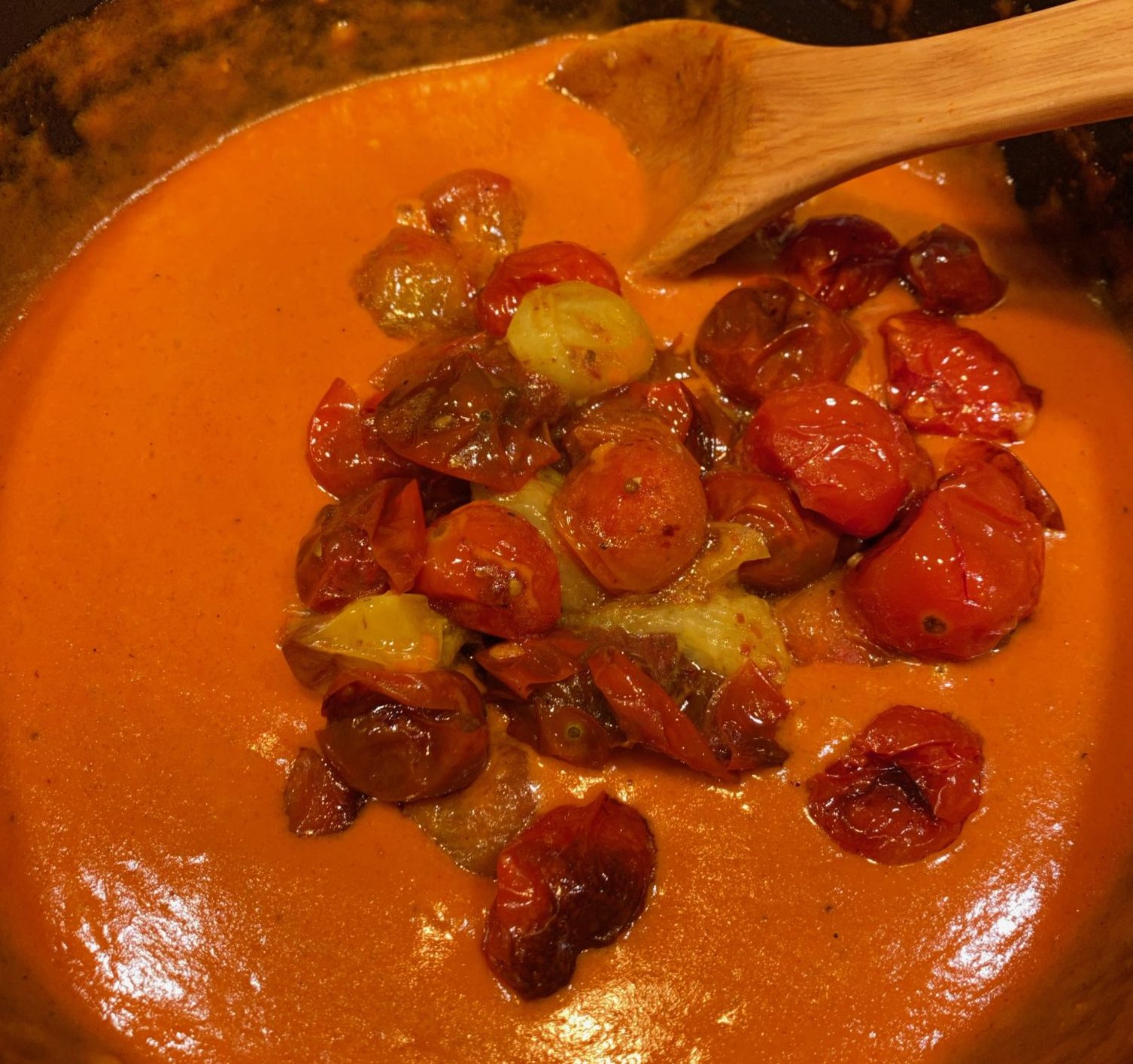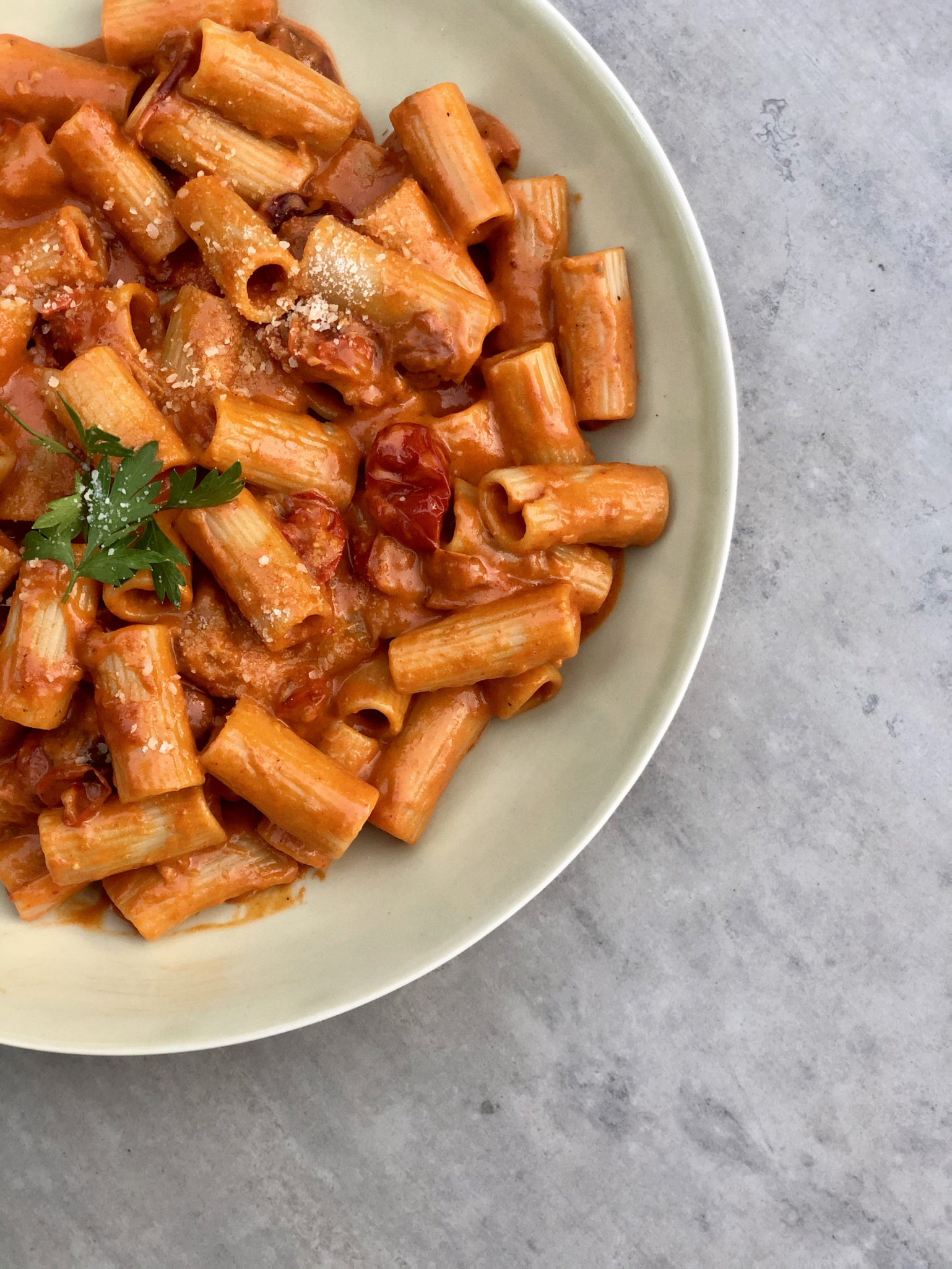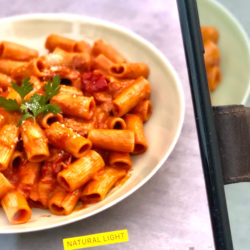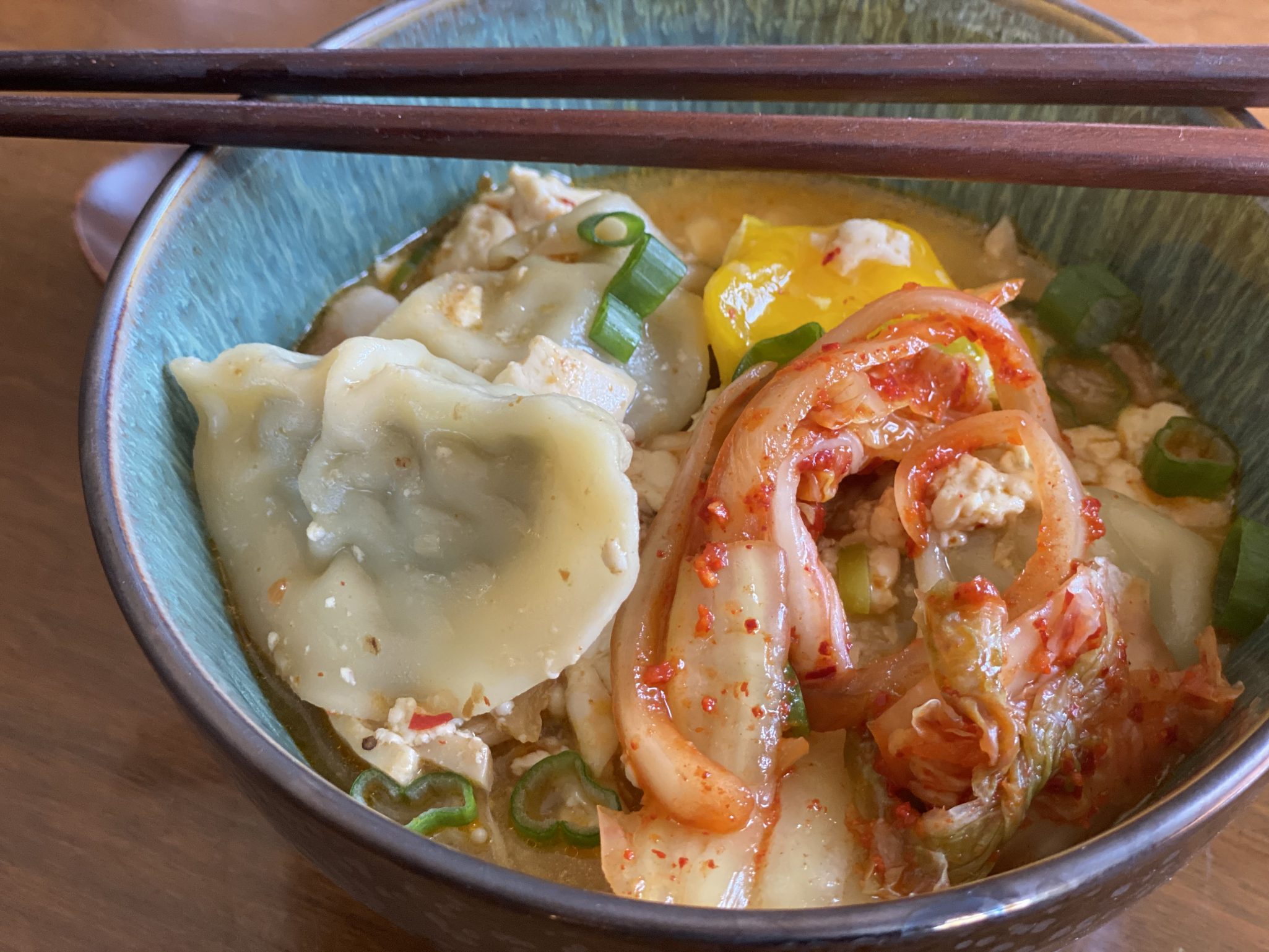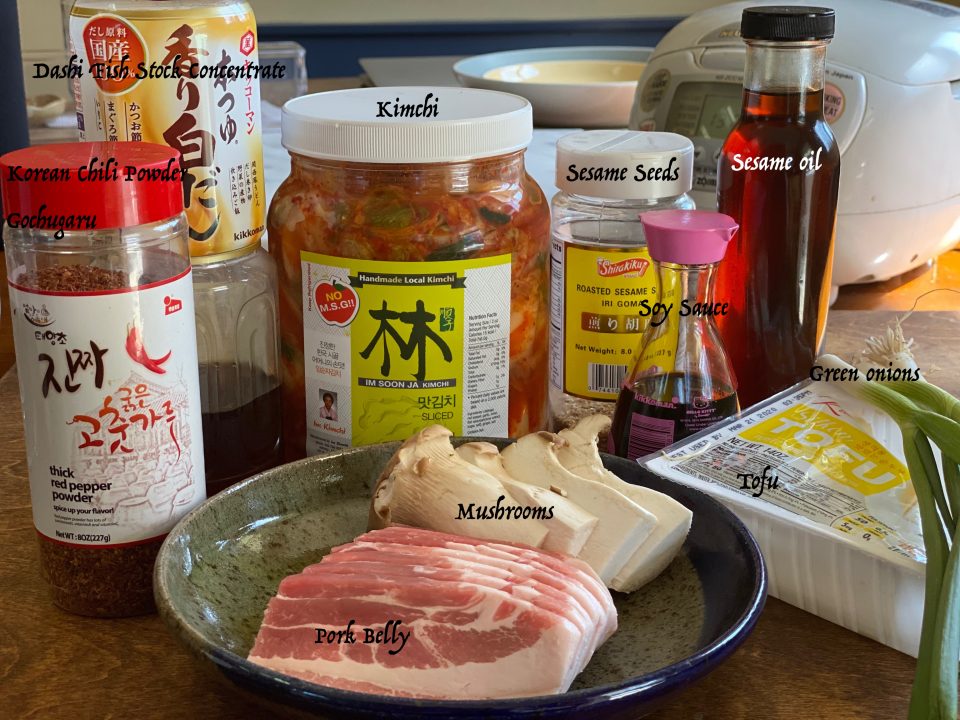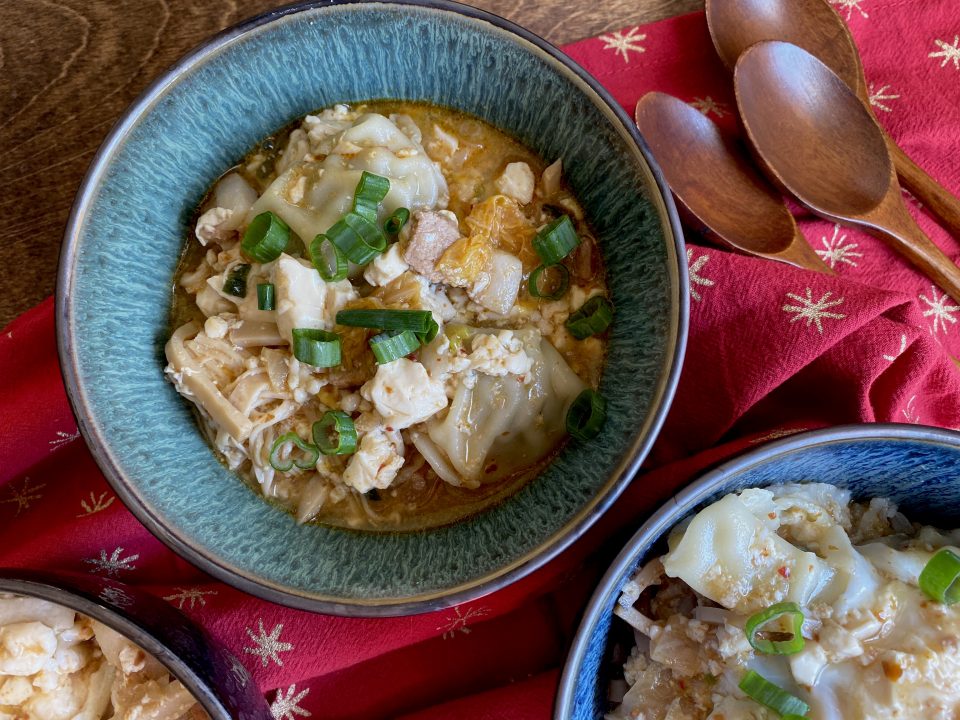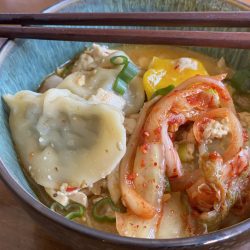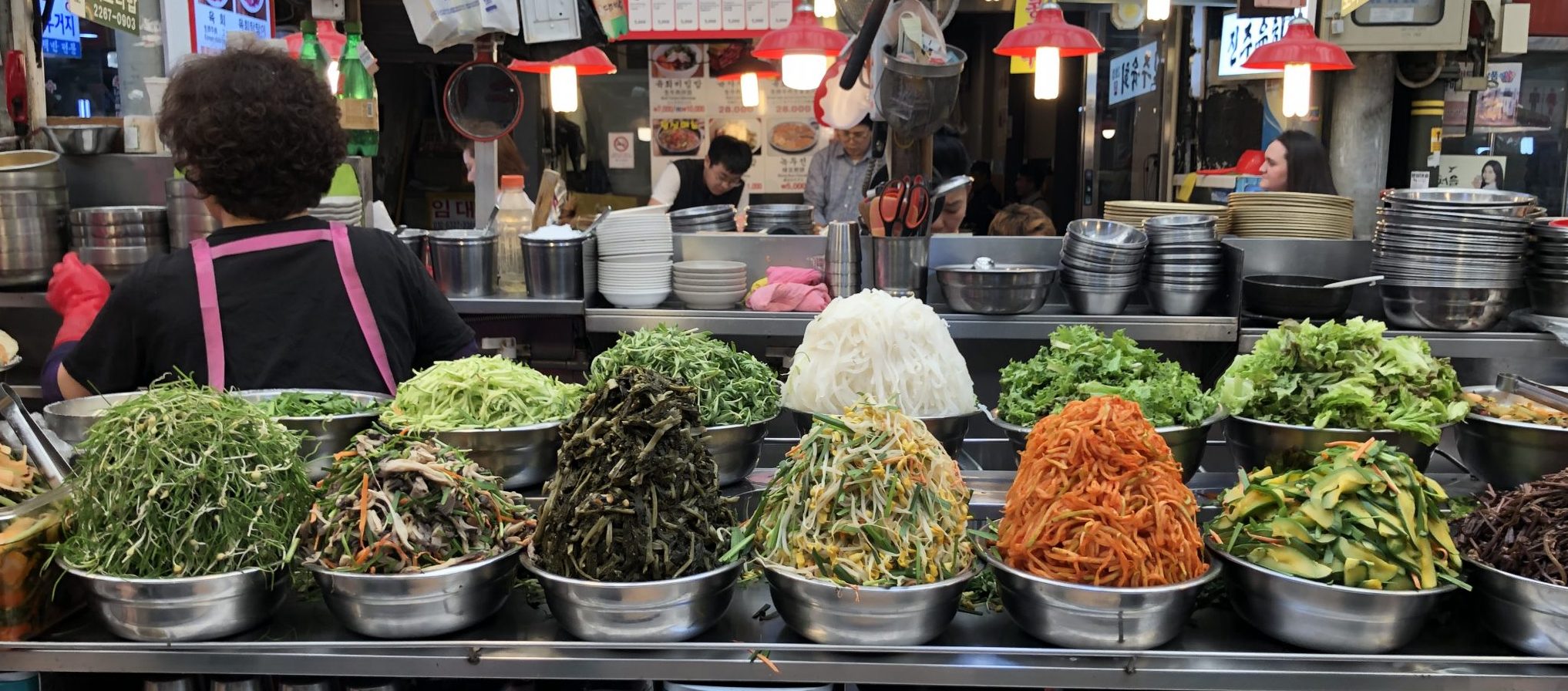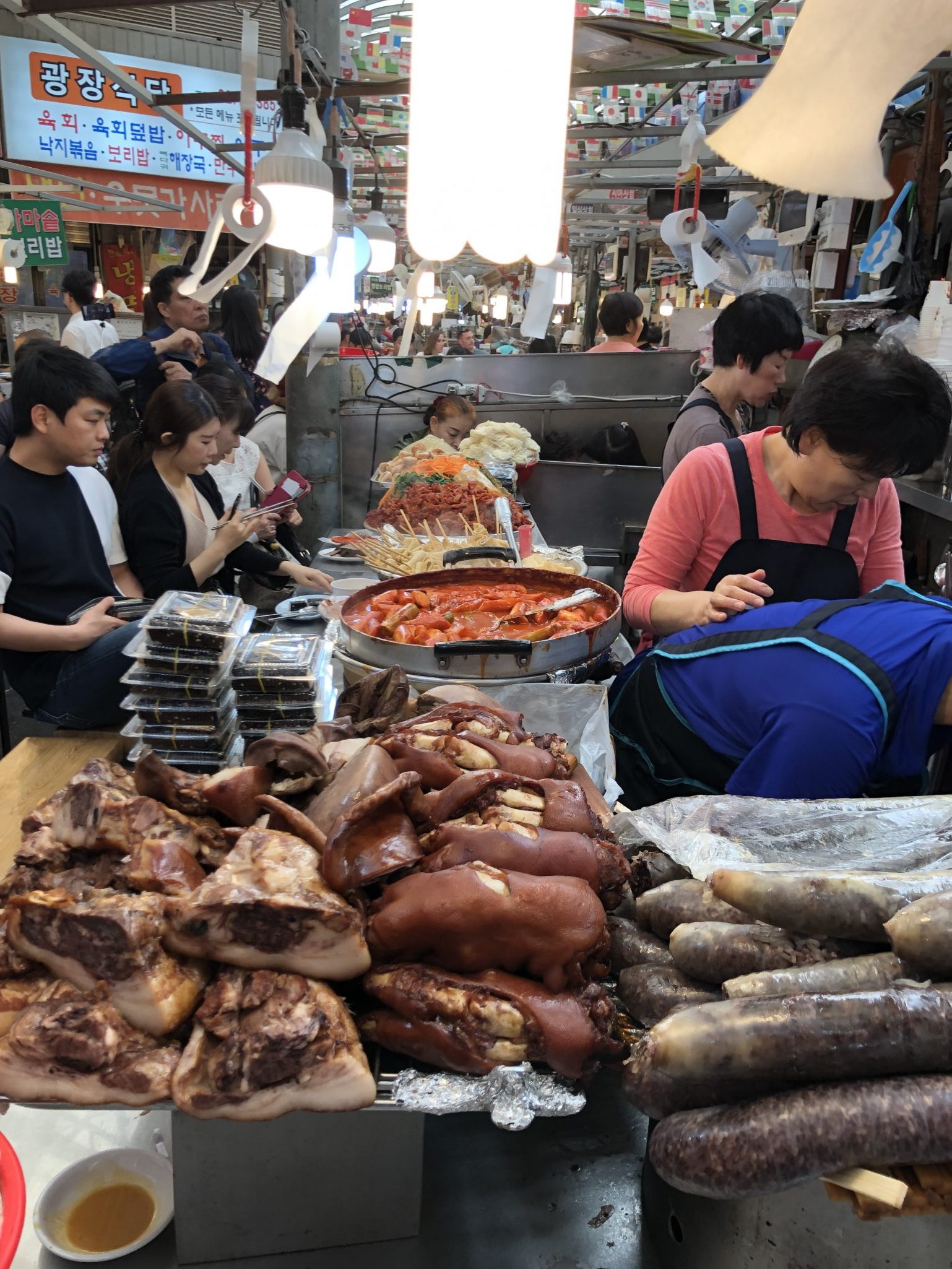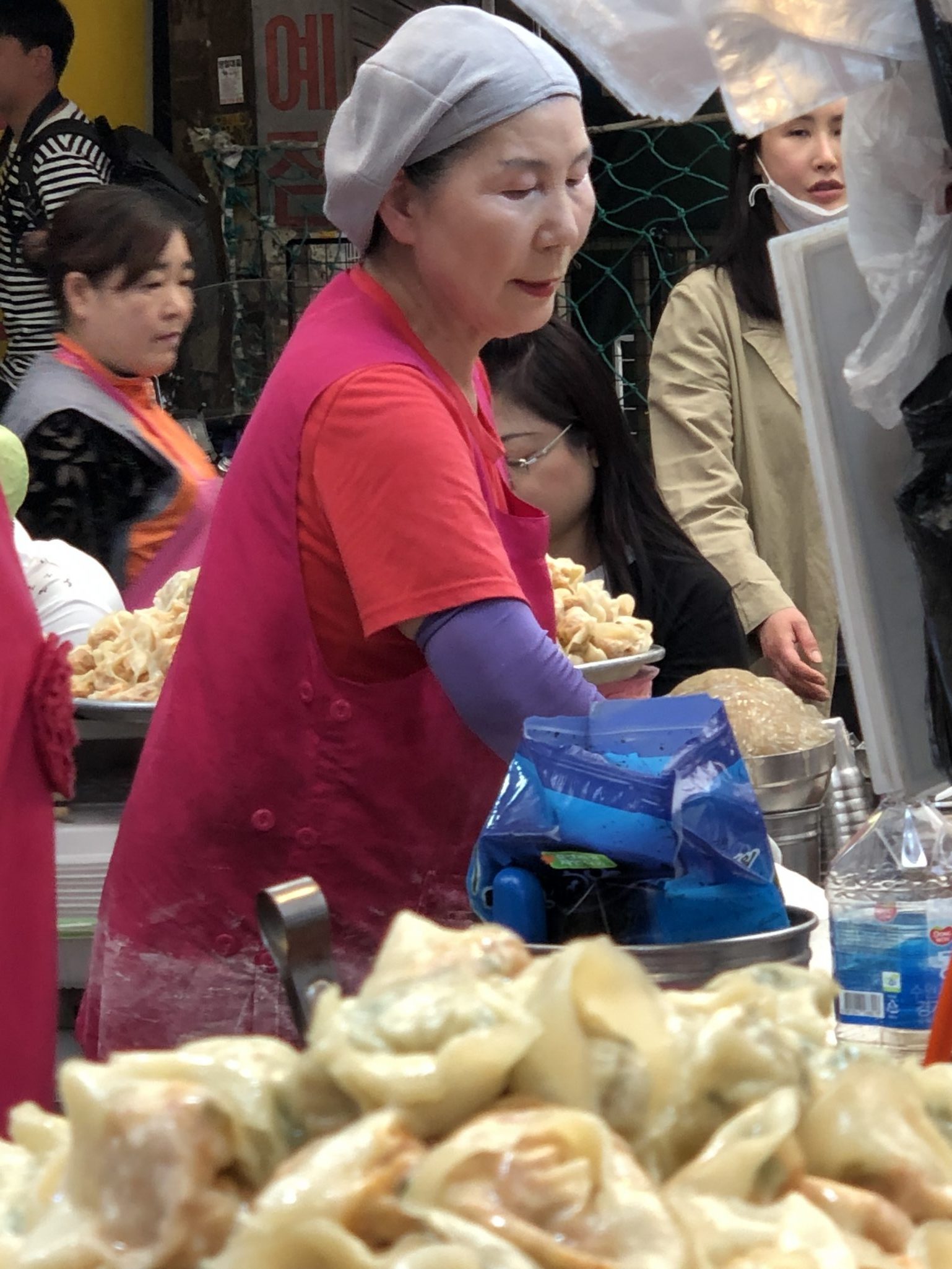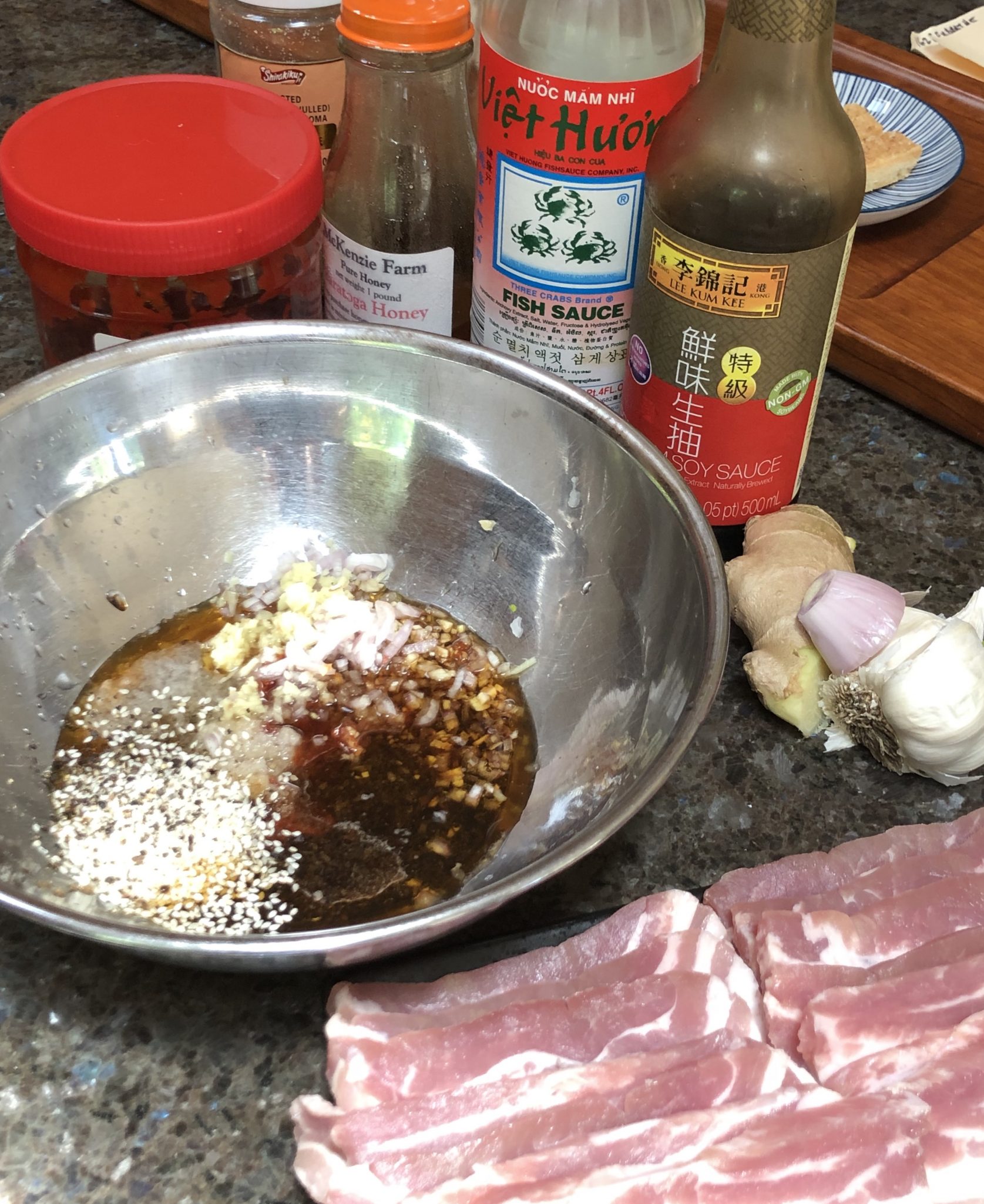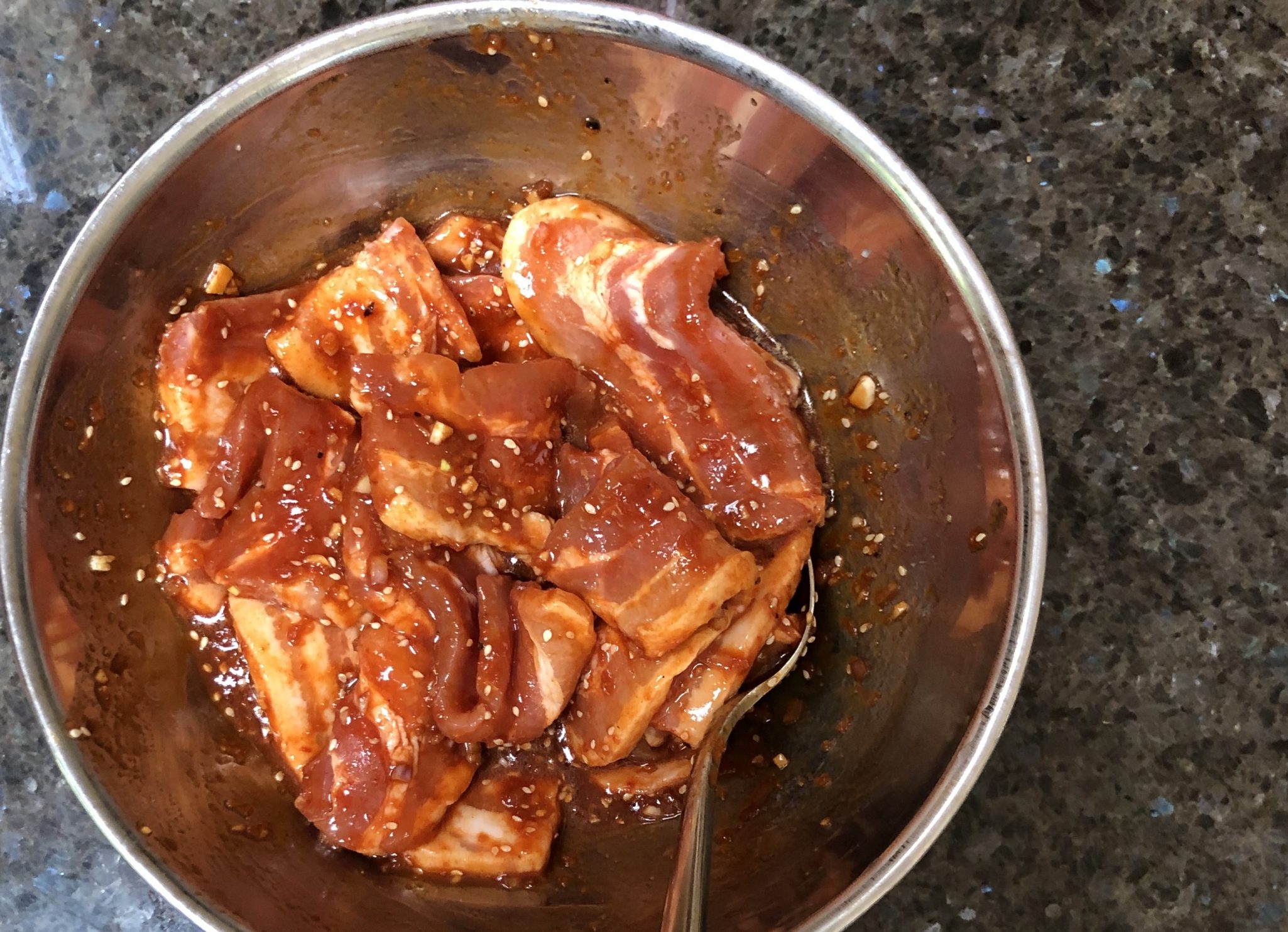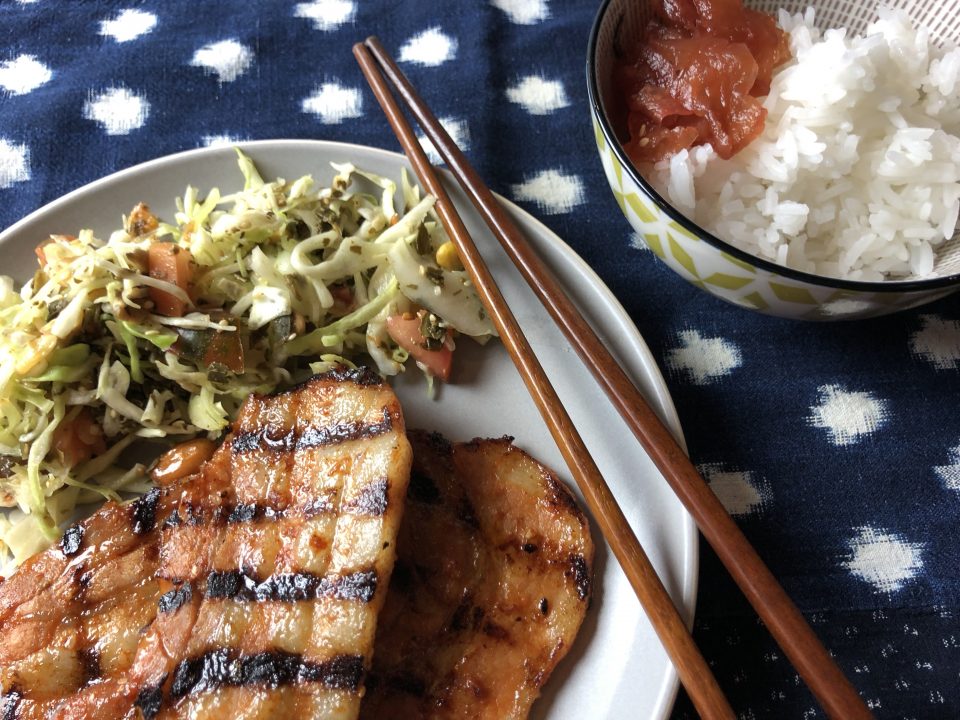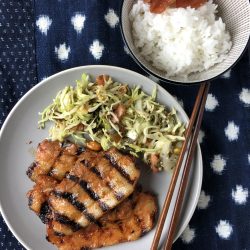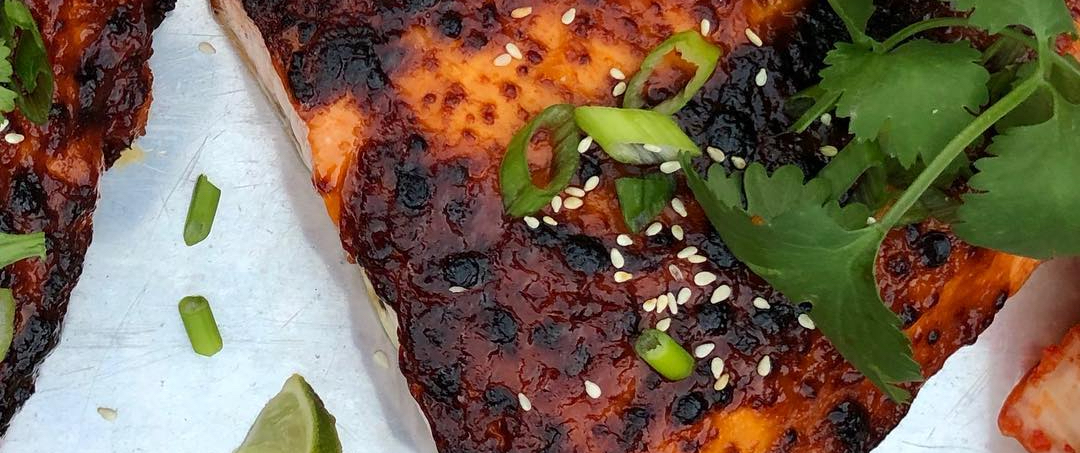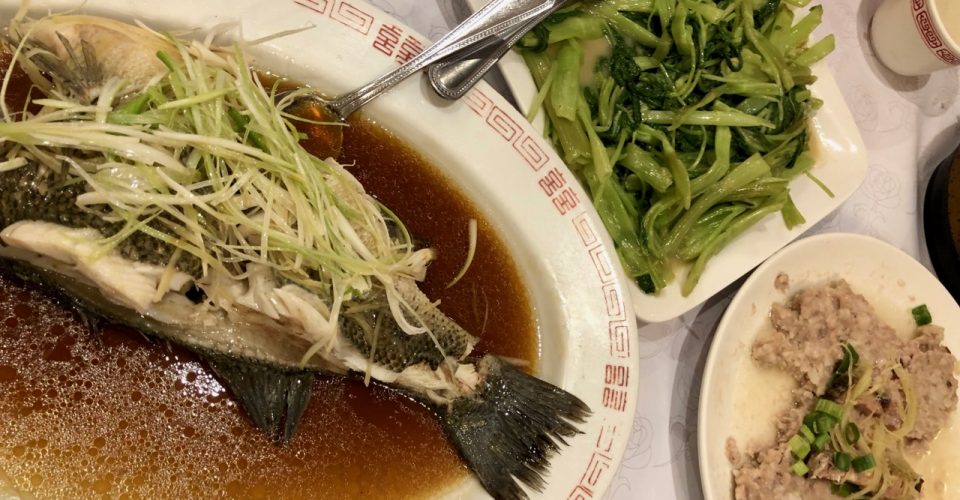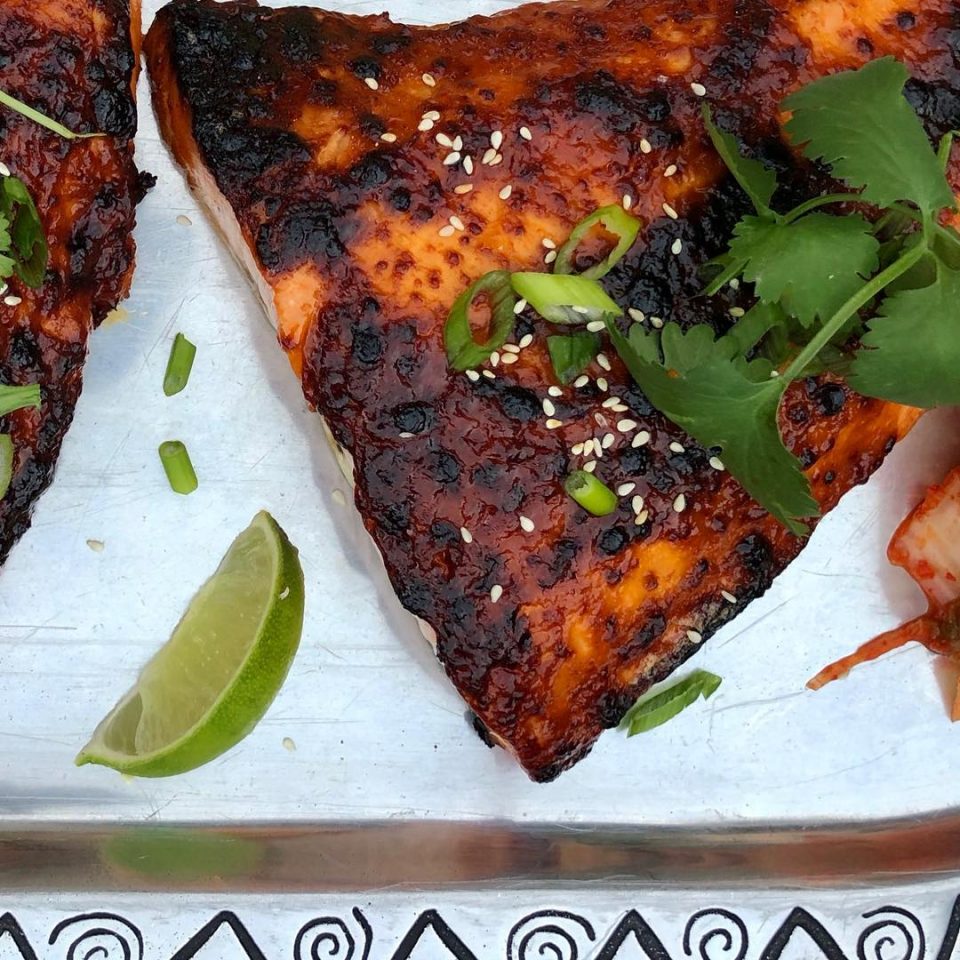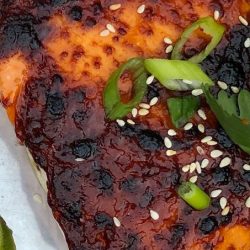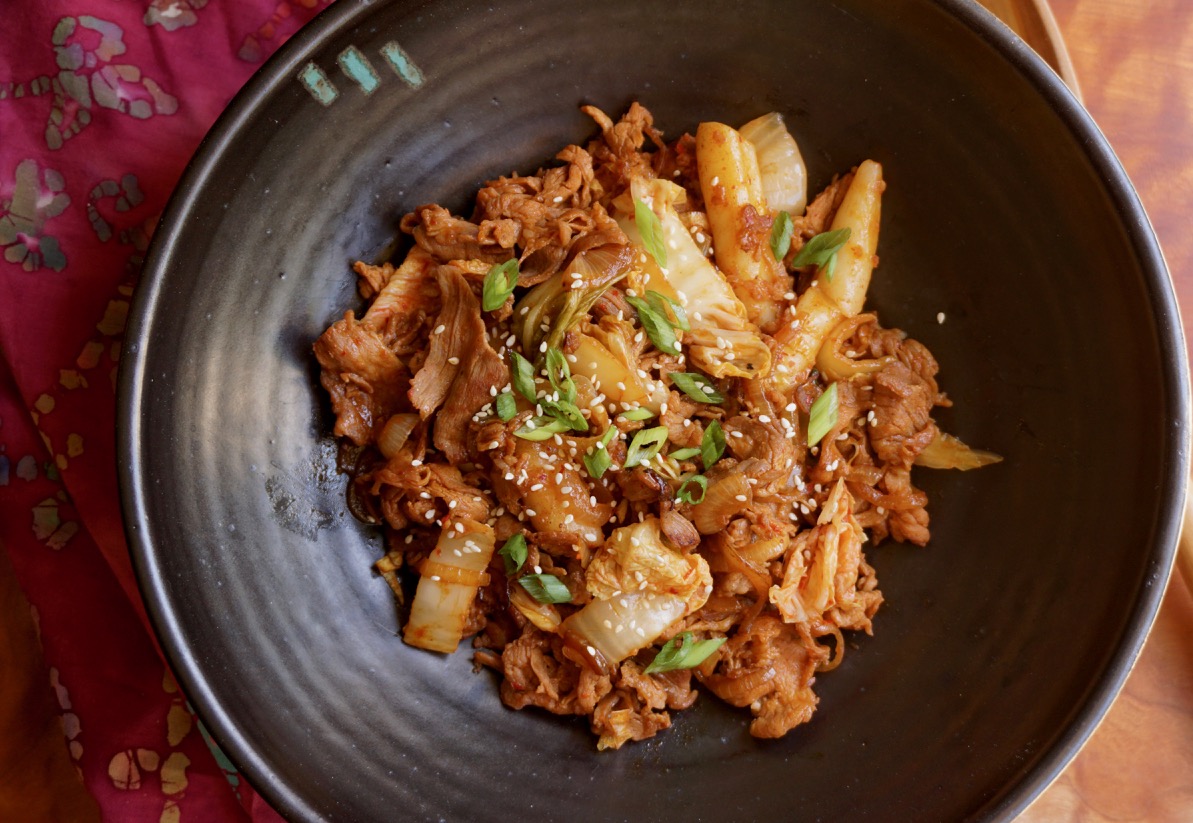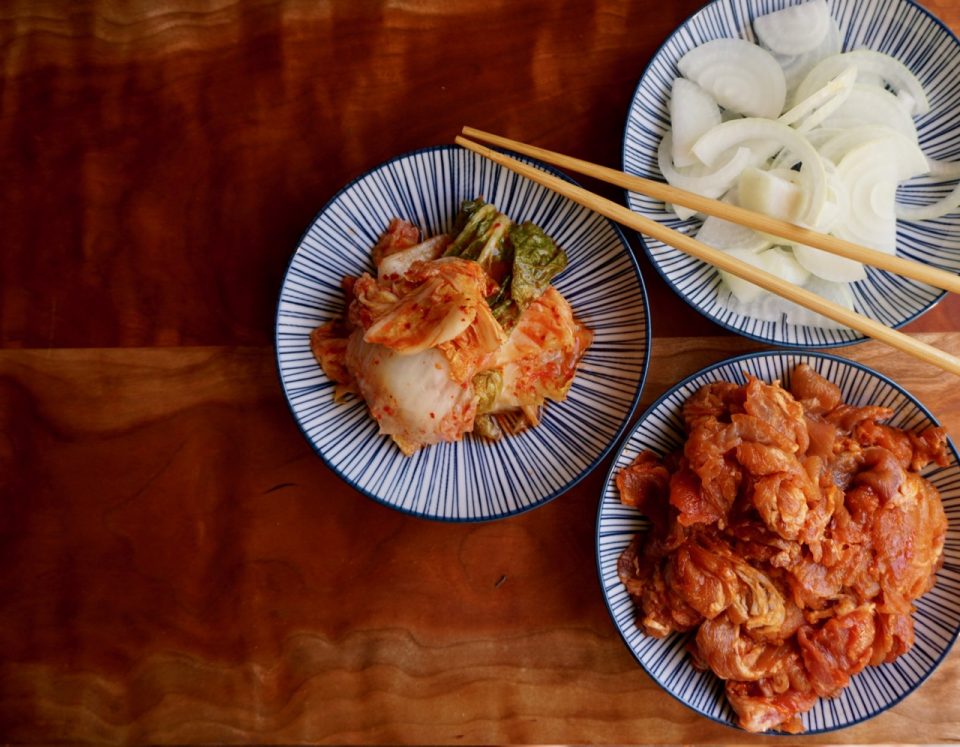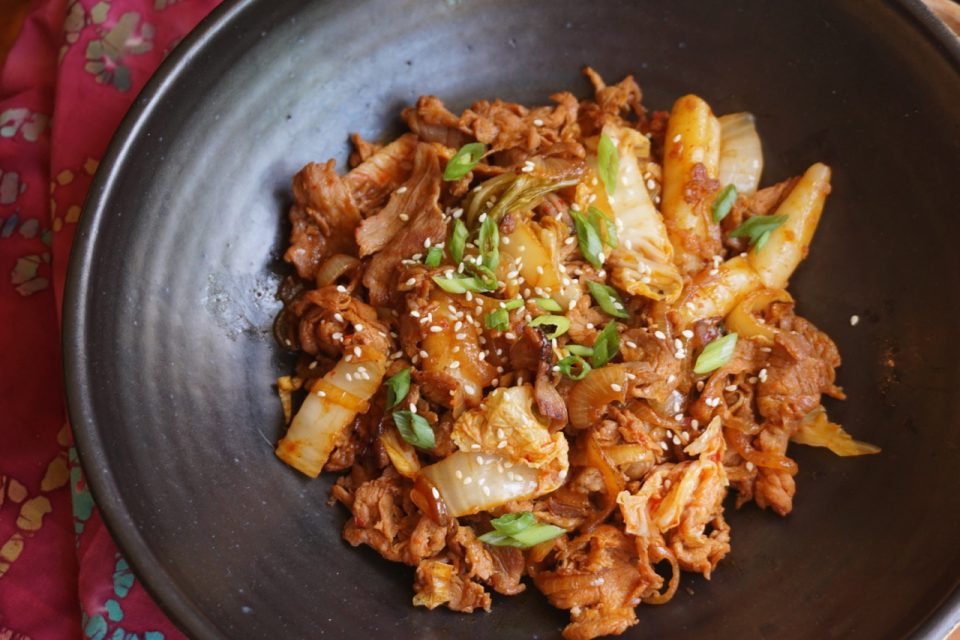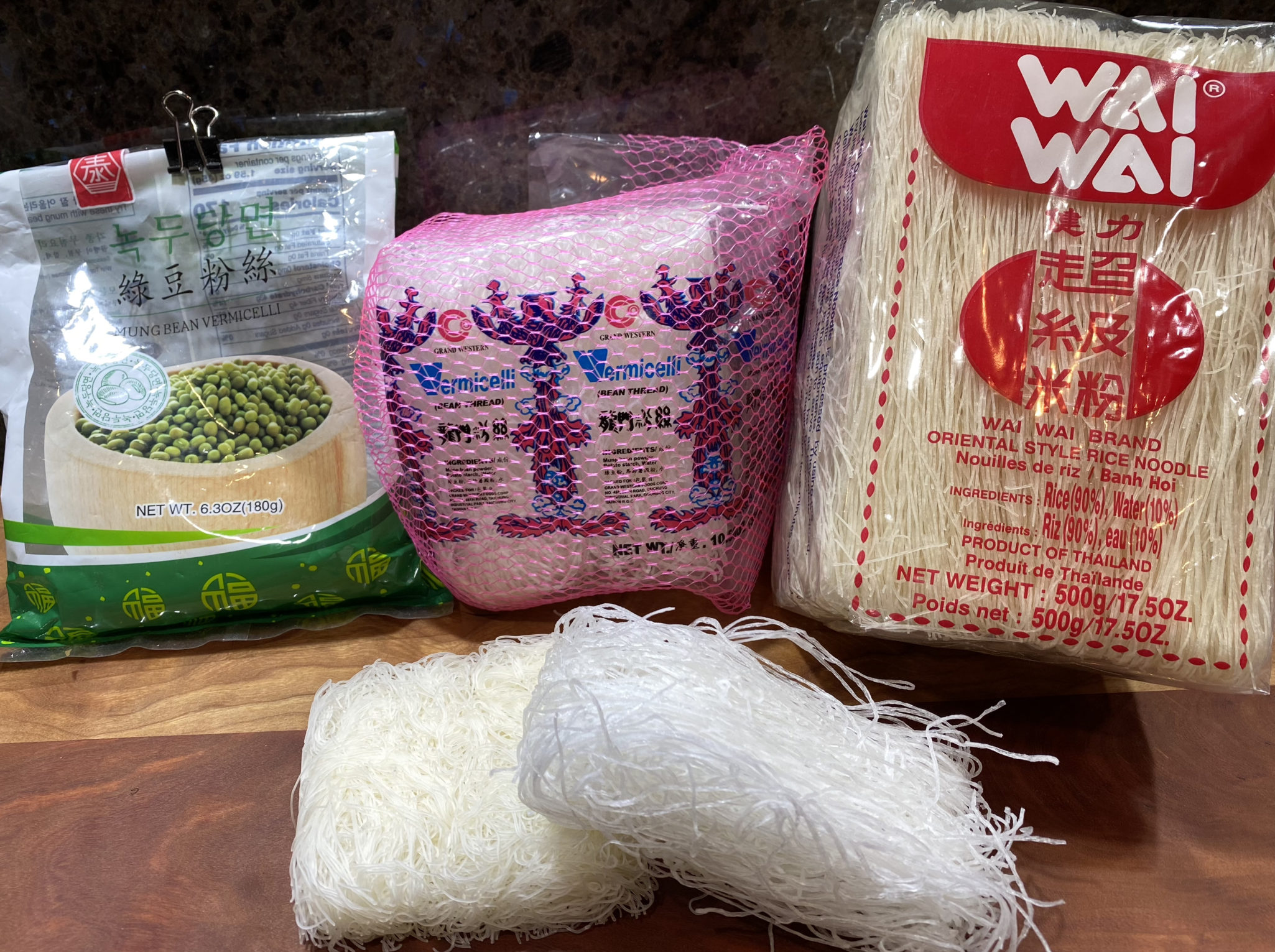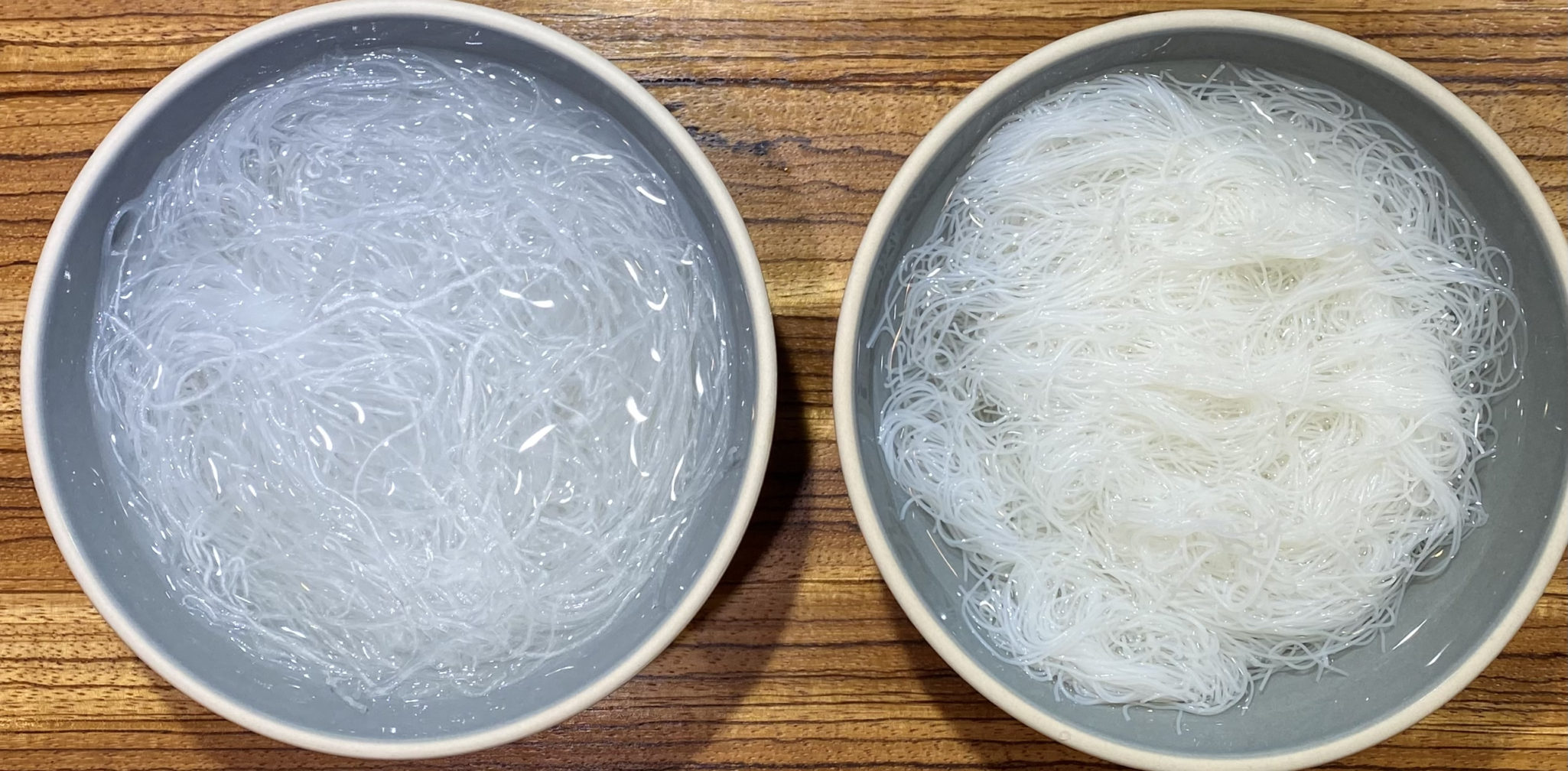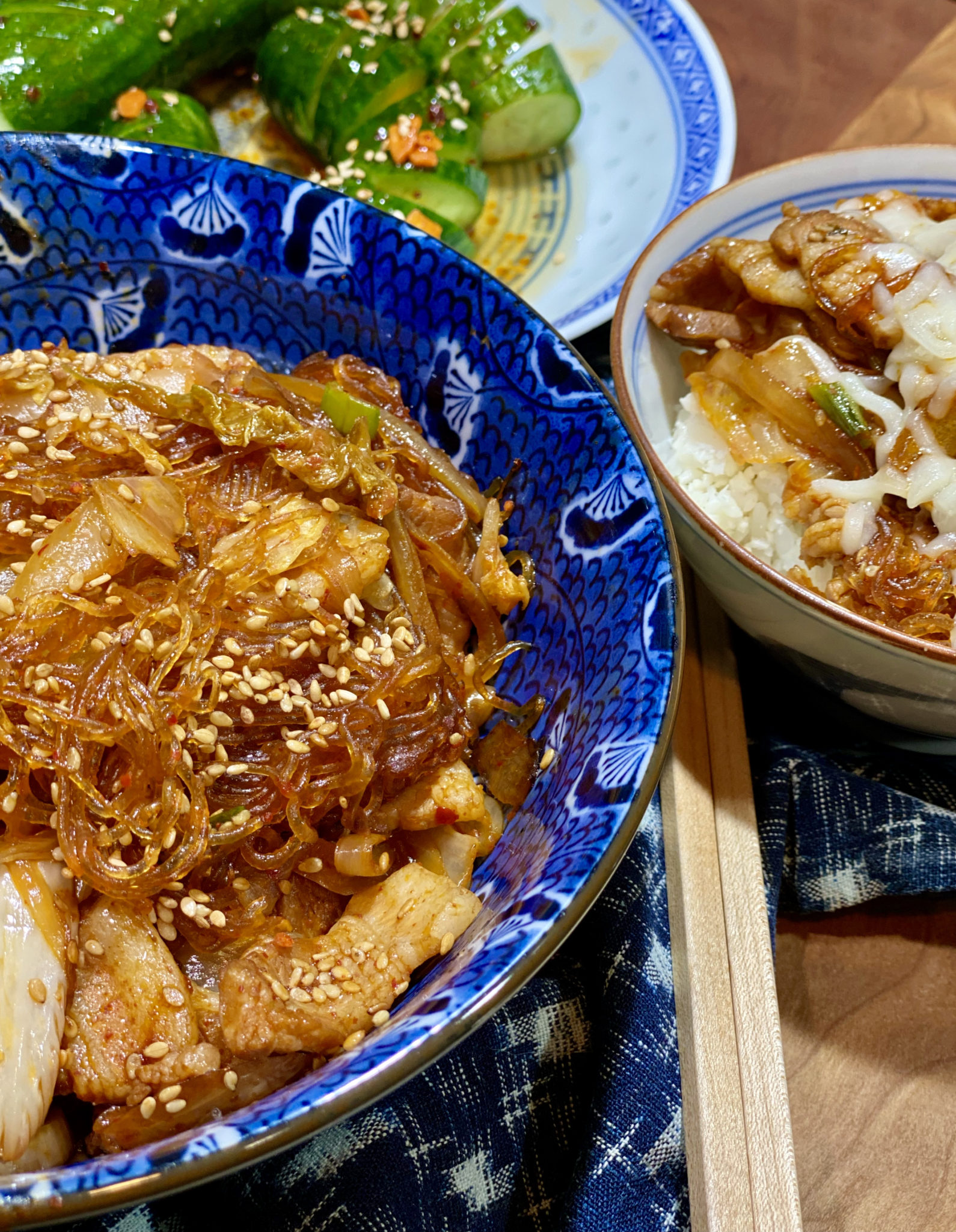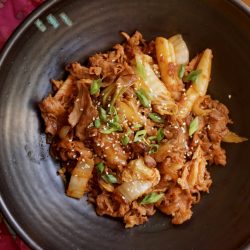
Gochujang Caramel Cookies Sweet & Spicy-Winner, Winner from Eric Kim-mer
My favorite cookie this past holiday season was Eric Kim’s Gochujang Caramel Cookie. I worked my way to writing about it by posting my two other favorite new cookies for the season first, Sue Li’s Orange, Pistachio, and Chocolate Shortbread and Rose’s Almond Crescents. Yep, just like the ones your Grandma, Abuela, Oma, or Nonna probably made.
Back to Eric’s holiday cookie for the New York Times. His first holiday cookie, a couple of years ago was a homemade version of the Lofthouse Grocery Store Cookie. A cakey, vanilla-forward cookie topped with real buttercream flavored with freeze-dried berries and finished with a generous amount of sprinkles. So damn good. Last year’s M&M Cookie, a kid favorite, is a buttery, chewy cookie, dotted with M&M’s, a precursor to this year’s cookie.
Sweet & Spicy
His Gochujang Caramel Cookie is a bold stroke of genius and gumption. Gochujang is a fermented spicy chili paste with a touch of sweetness, a mainstay of Korean cooking. But in a cookie? It works! Ribbons of Gochujang enveloped in a buttery, chewy, vanilla-forward cookie. Butter and brown sugar are mixed into the Gochujang paste to mellow the chili which helps caramelize it while baking. The trickiest part when making these is to not overmix the Gochujang butter into the cookie dough so you see the orange-colored swirls of Gochujang in the cookie. Not only do they taste fabulous, but they are visually stunning.
Easy Peasy
The key to making these is having soft butter. Leave the butter at room temperature for at least an hour before. The butter should be soft but not melty. Although he recommends making these by hand you can use a mixer. Remember the golden rule-don’t overmix! If you use a mixer, stick to the stir and the low-speed setting.
Watch Eric make these cookies for NYTcooking HERE.
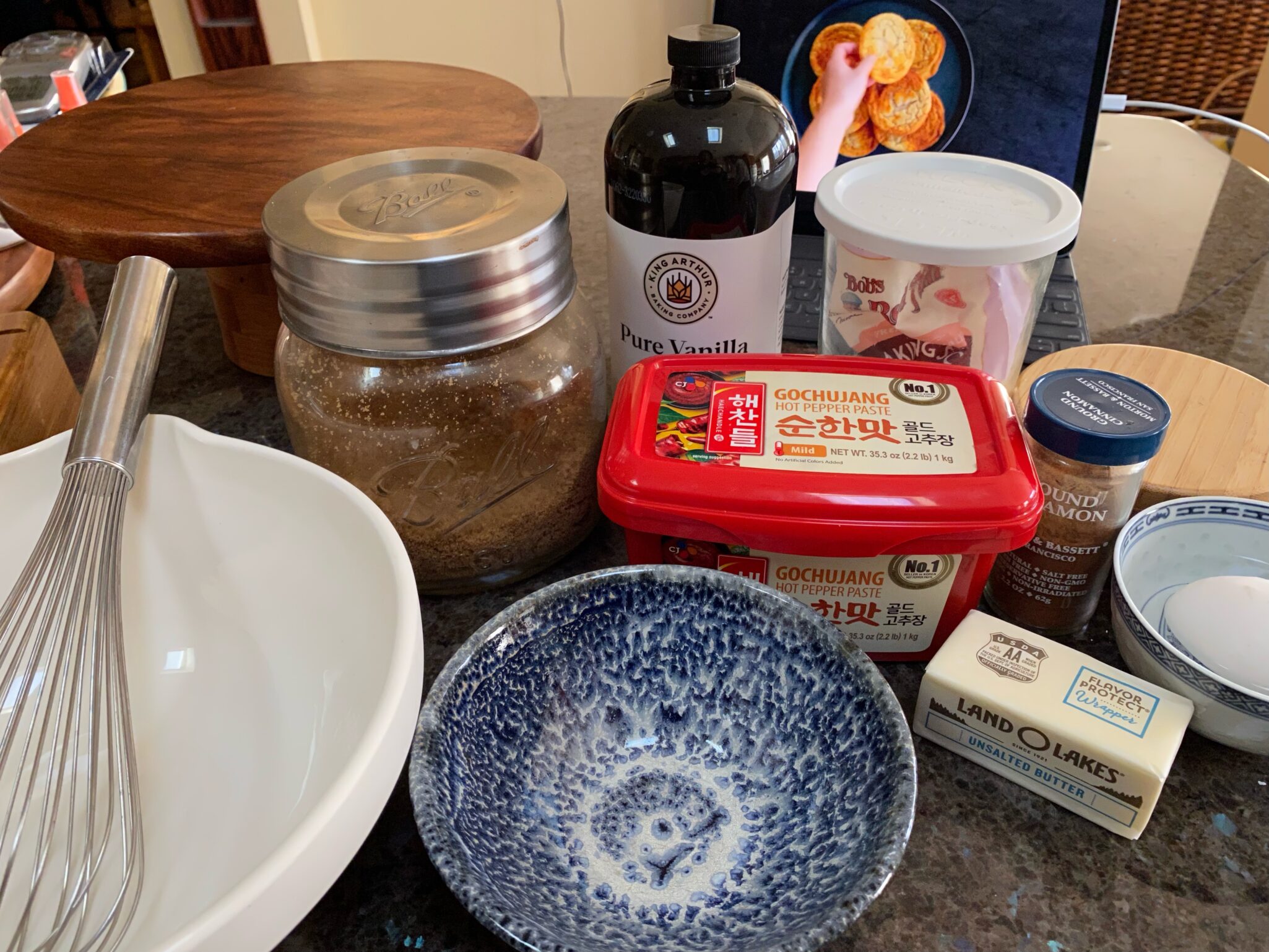
Spicy Pearls of Wisdom- Gochujang Paste is made of chili flakes for heat, glutinous rice for sweetness, and fermented soybeans for flavor. It is a cornerstone of Korean cooking. I use the mild paste for the cookies as it does come in various heat levels. You can find it in most Asian grocery stores or TJ has small tubs of Gochujang made in Korea (full transparency, I haven’t tried it).
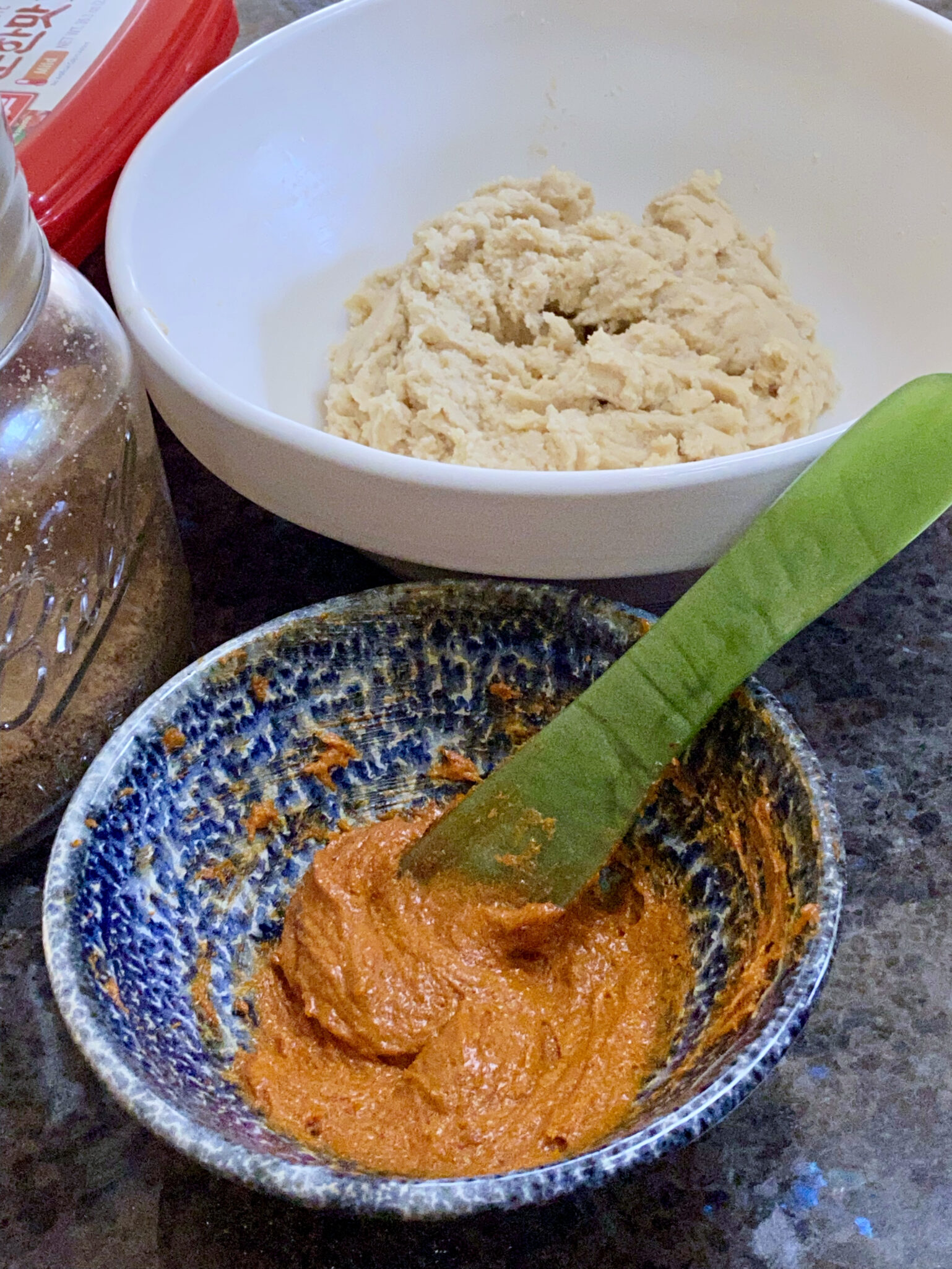
Here’s the Hard Part
The tricky part is combining the gochujang butter with the cookie dough. Eric calls for chilling the cookie dough for a couple of minutes so it is denser than the paste. The goal is to have streaks of the orange-red paste running through the lighter vanilla dough. Bites vary in spiciness and sweetness if you don’t blend too much (upping the interest factor). Spread plops of the paste on the dough and run a small spatula through it to drag the paste into the dough. NOT TOO MUCH since when you scoop out the dough this will further blend it. Use a cookie scoop to form balls of dough. A #40 scoop will give you approximately 18 cookies about 3 inches in diameter with crisp edges and a chewy center. Reduce baking time to 9-11 minutes. These are a bit smaller than Eric’s cookie cause I don’t need to eat a 5+ inch cookie and trust me I would, lol.

Cookie Hack
The cookies spread quite a bit, so allow lots of space on the cookie sheet for each cute dough ball. This allows room around the cookie to use my jar hack/cookie cutter to shape the cookies as soon as they come out of the oven. The chili paste will spread more than the cookie itself, creating a funny-shaped cookie. Take a cup or a bowl just a little bit bigger than the cookie, place it over the cookie and swirl the cup around the cookie. This “rounds” the cookie out. Be gentle, these cookies are very thin and fragile. Alternatively, use a thin-blade spatula or knife to push any runaway cookie edges back to round.
These cookies are very thin. In fact, thinner than I like. If you are like me, scoop the dough into balls and place on a parchment-lined cookie sheet, and chill for an hour or two. The cookies will still spread, but not quite as much.

Spicy Tip Number 2? Or is it 3?
Have friends and fam that are spice-adverse? Tell them to pick the cookie that has the least amount of orange!
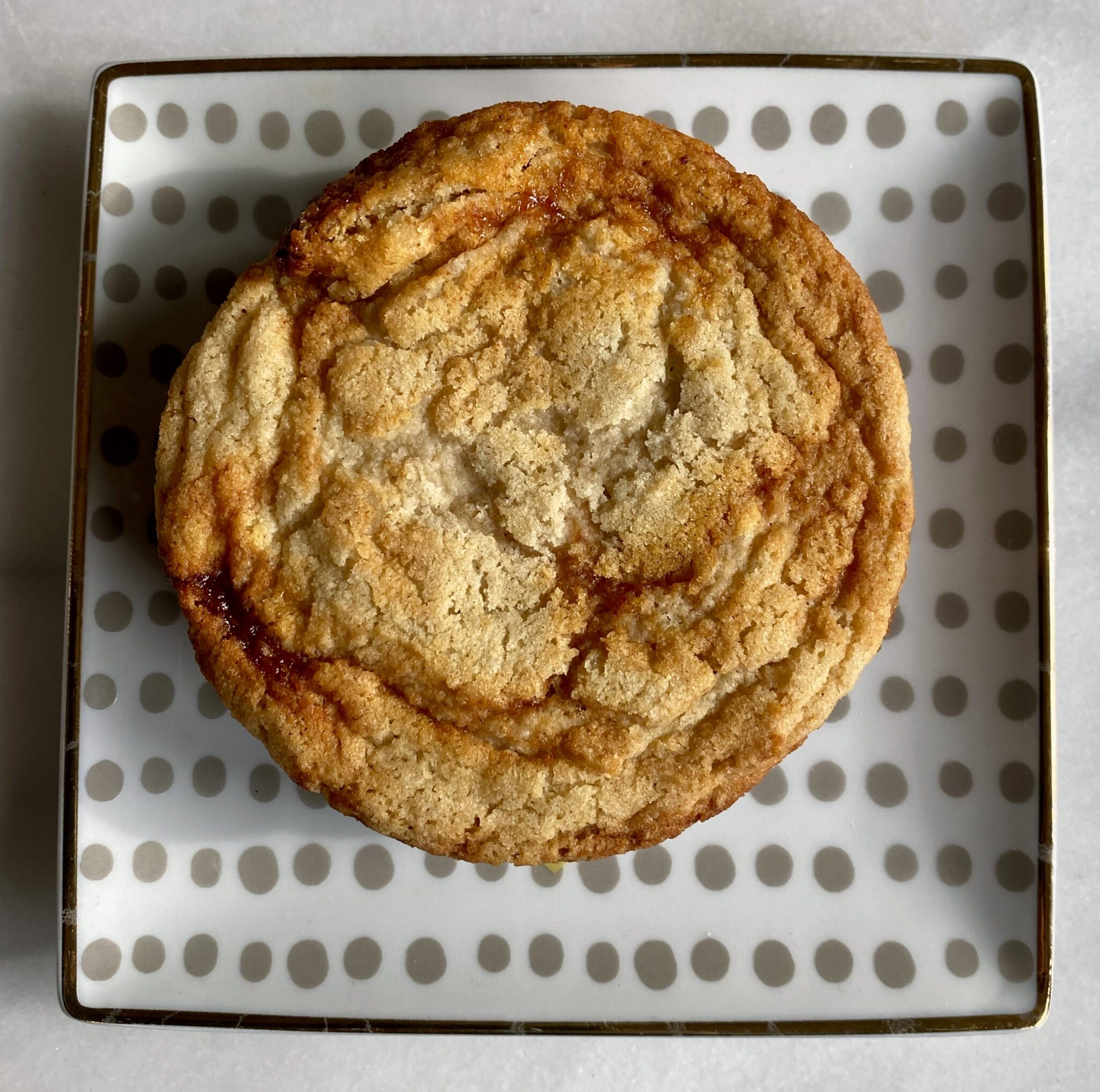
I adore this cookie for its flavor, texture, and uniqueness!
Gochujang Caramel Cookies
Ingredients
Gochujang Butter
- 1 tablespoon unsalted butter very soft
- 2 tablespoons packed dark brown sugar
- 1 tablespoon gochujang paste heaping
Creamed Mixture
- 7 tablespoons unsalted butter, softened
- 1 cup granulated sugar (200 grams)
- 1 large egg at room temperature
- ½ teaspoon coarse kosher salt (Morton's) or ¾ teaspoon if using Diamond Crystal
- ¼ teaspoon ground cinnamon
- 1 teaspoon vanilla extract
Dry Stuff
- ½ teaspoon baking soda
- 1½ cups all-purpose flour 185 grams
Instructions
- In a small bowl, stir together 1 tablespoon butter, the brown sugar and gochujang until smooth. Set aside for later, at room temperature.
- In a large bowl, by hand, whisk together the remaining 7 tablespoons butter, the granulated sugar, egg, salt, cinnamon and vanilla until smooth, about 1 minute. Switch to a flexible spatula and stir in the baking soda. Add the flour and gently stir to combine. Place this large bowl in the refrigerator until the dough is less sticky but still soft and pliable, 15 to 20 minutes.
- While the dough is chilling, heat the oven to 350 degrees and line 2 large sheet pans with parchment.
- Remove the dough from the refrigerator. In 3 to 4 separately spaced out blobs, spoon the gochujang mixture over the cookie dough. Moving in long circular strokes, swirl the gochujang mixture into the cookie dough so you have streaks of orange-red rippled throughout the beige. Be sure not to overmix at this stage, as you want wide, distinct strips of gochujang. Chill dough for an hour or two so the cookies don't spread as much.
- Use an ice cream scoop to plop out ¼-cup rounds spaced at least 3 inches apart on the sheet pans. (You should get 4 to 5 cookies per pan.) Bake until lightly golden at the edges and dry and set in the center, 11 to 13 minutes, rotating the pans halfway through. Let cool completely on the sheet pan; the cookies will flatten slightly and continue cooking as they cool. *See post for making smaller cookies. I used a #40 scoop which is just shy of an ounce. 1/4 cup is 2 ounces for comparison.
- The cookies will keep in an airtight container at room temperature for up to 2 days.
